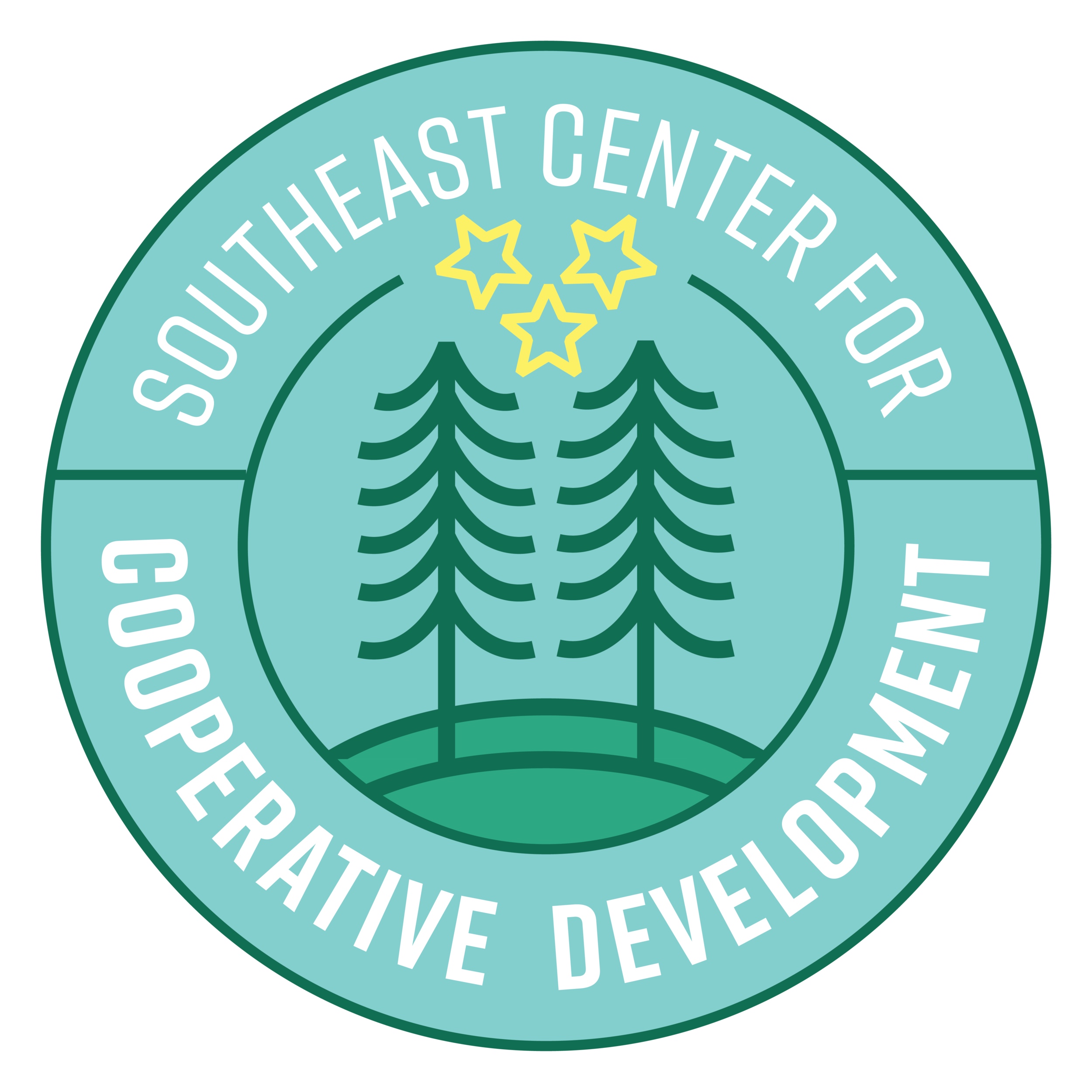Why Forty-Acres and a Mule
This 2-minute read is a recap of Ed Whitfield in conversation with community members and SEC4CD team members in Brownsville, TN.
We all know the broken promise of forty-acres and a mule. The 400,000 acres of stolen southern lands that were supposed to be redistributed to newly emancipated Black families in early 1865. You may have been taught that this order came from the white Union officer, General Sherman. But, it actually came from a conversation Sherman had with twenty Black ministers in Savannah, Georgia. Garrison Frazier, enslaved until 1857 when he purchased freedom for himself and his wife, spoke for the group.
When Sherman and another general actually asked what newly freed people wanted and needed, Frazier said: “The way we can best take care of ourselves is to have land, and turn it and till it by our own labor … and we can soon maintain ourselves and have something to spare … We want to be placed on land until we are able to buy it and make it our own.”
From this conversation came forty-acres and a mule.
In hearing Ed share this historical recounting, you hear an emphasis on labor, ownership, and ourselves. To own the land and a mule, meant you had two of the most important means of production. The last piece, your own labor. For you, your family, and your community to actually benefit from the labor you worked, and what was produced, rather that it being consistently stolen. Chattel slavery was a system built on stolen labor. Forty-acres and a mule was an opportunity to own your own.
Ed says, when we think about this today, it’s forty-acres and the rest of what we need to be productive. We know that we are still in the struggle to own the means of production. Worker-owned cooperatives offer one pathway into doing this, but your ownership must be collective. We own things together, and out of our collective ownership comes the benefit. Ed was sharing this story with a group of community members in Brownsville, TN, the incoming site of a $5.6B Ford electric vehicle plant, and hopefully a cooperative ecosystem too.
